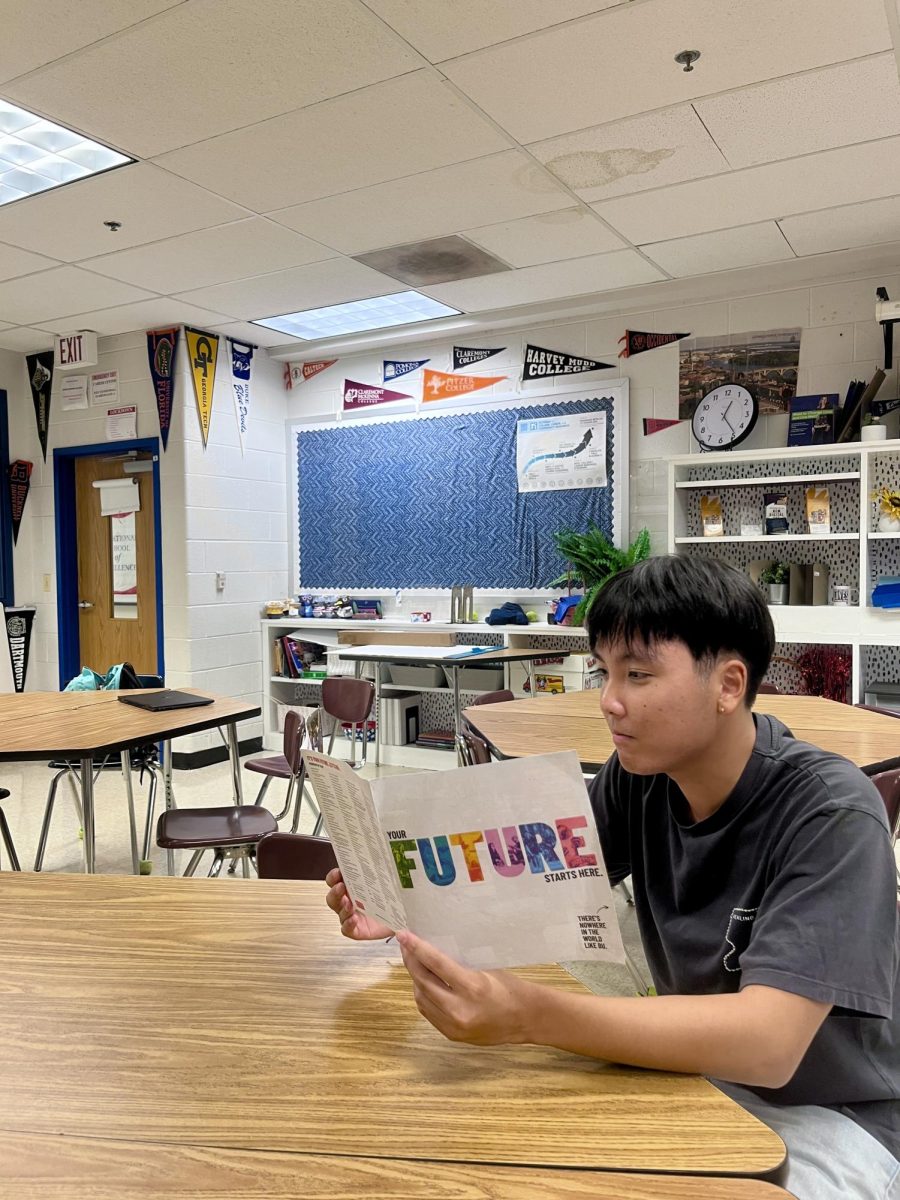When teachers aren’t busy cramming notes or assigning busy work and tests, they love passing the time with projects. Whether you have to get up in front of the class and present about the themes in Pride and Prejudice or create your dream vacation in sign language for ASL, projects are another way for students to learn if they are willing to dedicate themselves to it.
AP World and Euro teacher Amy Pollin has adopted a unique style of projects that keep her students engaged and learning in a more competitive way. Pollin picks a specific topic within a unit, splits the class up into groups and has each group argue their point of view. This creates a debate-like project for the class to learn from. “I find that students remember a lot more when they are actively engaged and there’s something about debates that brings out the competition and energy that gets them wanting to do a good job. I like picking topics where it’s not just black and white, right and wrong, but lets the students argue their sides and think about it complexly,” Pollin said.
These debate-like projects aren’t in the AP curriculum but give students the inspiration to not only want to do better and win their debate amongst their classmates but retain and internalize the information for longer. “I’ve had students tell me they want to start laughing during the exam because they remember the small specifics they learned from their classmates during the debates,” Pollin said.
Senior AP World and Euro student Adeena Herbert has had plenty of experience with this type of project. “She made us research about a person or a specific event in time and kind of represent them to your classmates, so the first time I did it it was kind of nerve wracking to speak in front of everyone like that. But hearing that information from your classmates, whether they say it in a funny way that kind of embodies the person or are very passionate about it, it was a good way to interact with everybody. Not only getting to know everybody as a classmate but understanding topics more clearly and kind of simplifying it. Just reading it is not going to help but seeing it acted out can,” Herbert said.
AP Psychology teacher Laura Parsons assigns a more hands-on project: the famous brain project. This project takes place in the second unit when students are learning about different parts and functions of the brain. It allows students to pick their own way of making a model of the brain as well as a written portion that describes each part of the brain. The project is no longer part of the curriculum for this year but is still being used to help students. “I think this project reinforces the content students have already learned. But, it also allows students to demonstrate their understanding in a different way. I think this allows for some creativity and nice application of knowledge,” Parsons said.
Any project assigned in class only has as much worth as each student makes of it. If you dread any work that isn’t copying from the board or hate talking in front of classmates, these projects won’t help you but, according to teachers, if you dedicate yourself and try, then you can come away with valuable knowledge. “I think there are some students who really benefit from this type of assignment. Others may dread it. That’s why it’s important to have different types of assignments that allow students to demonstrate their learning in different ways,” Parsons said.


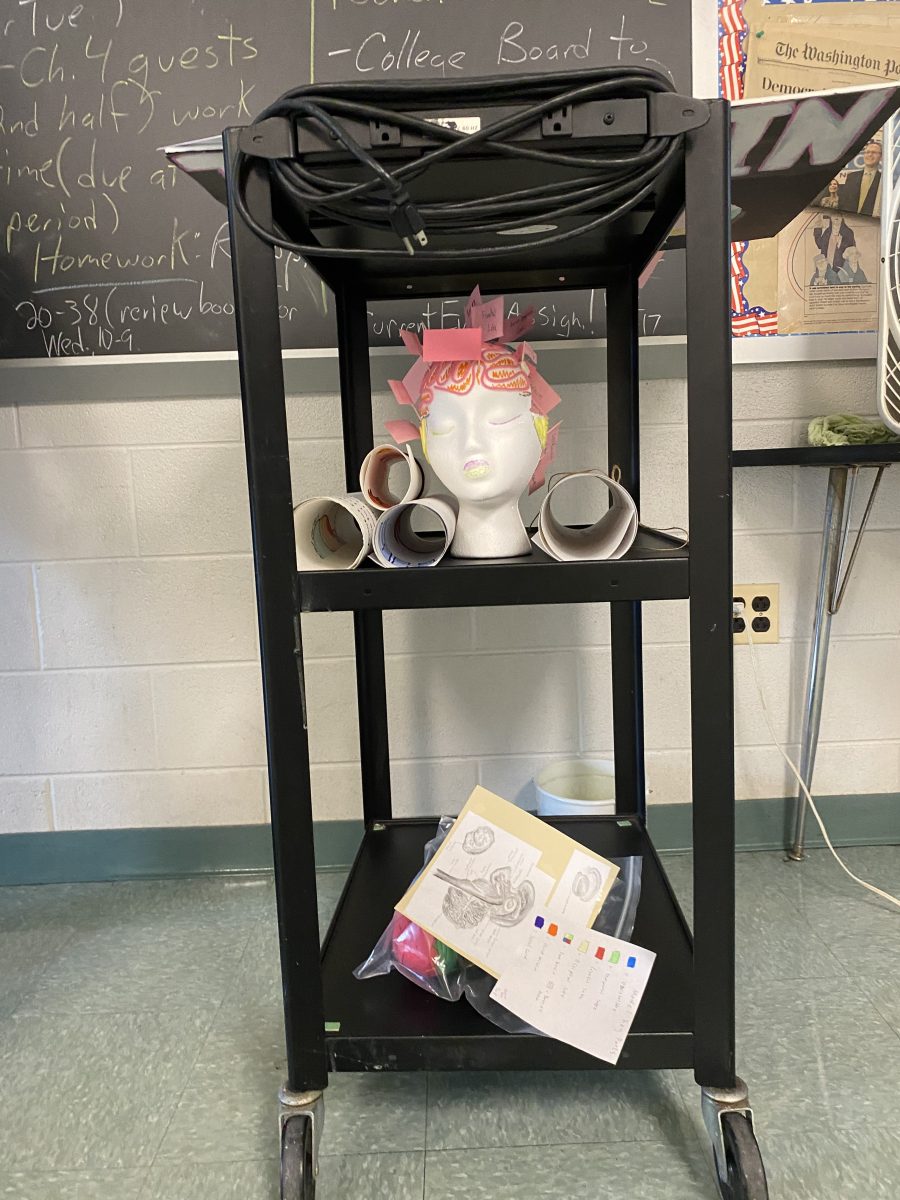

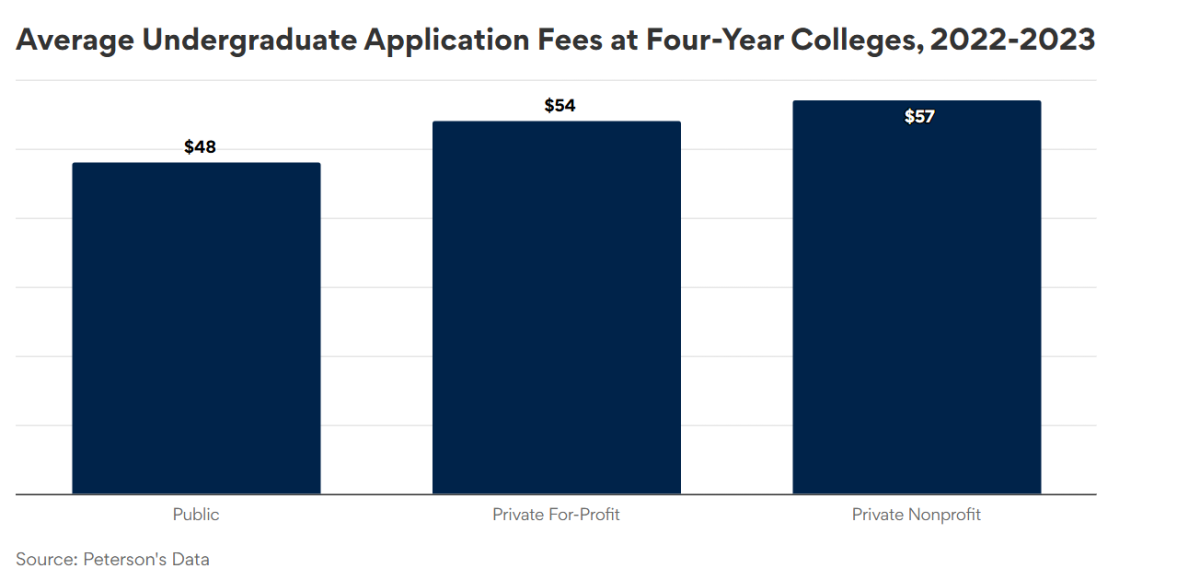
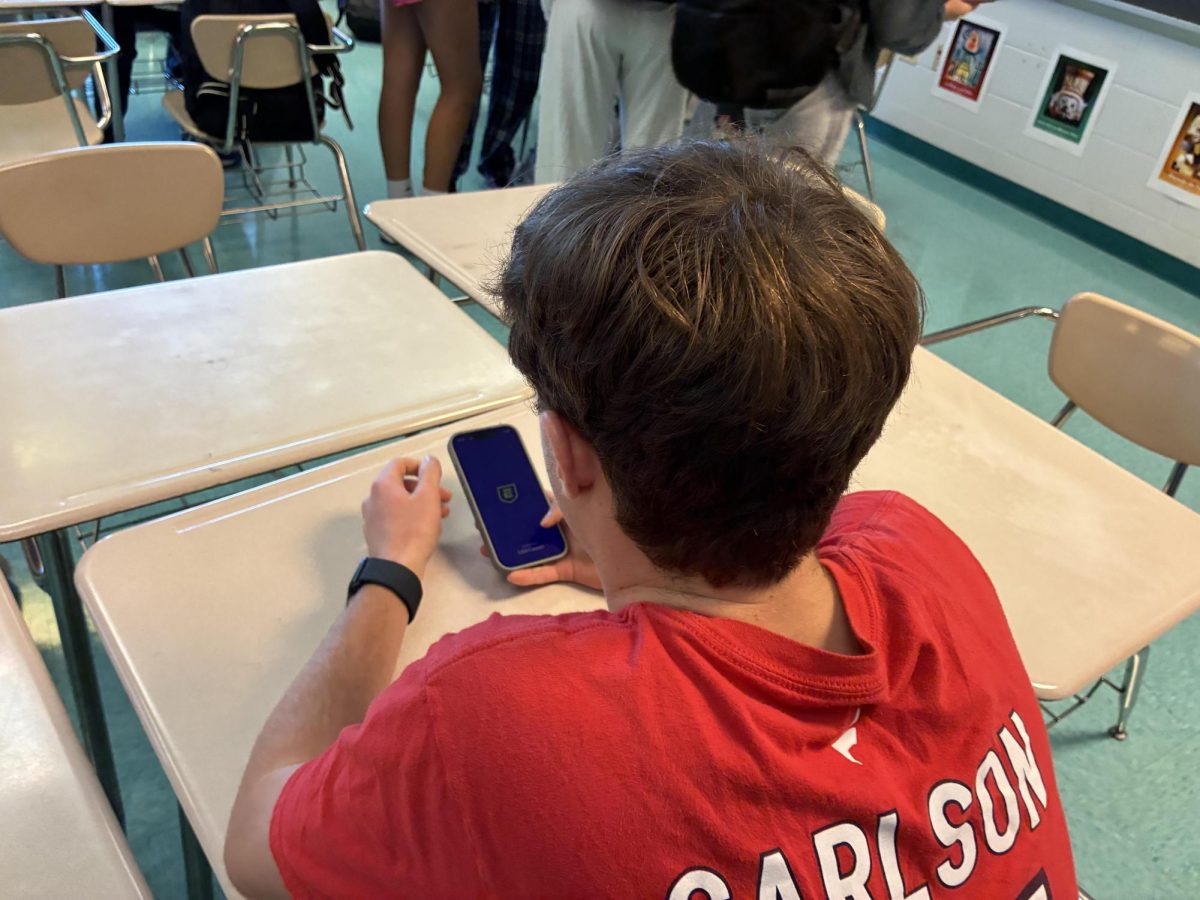
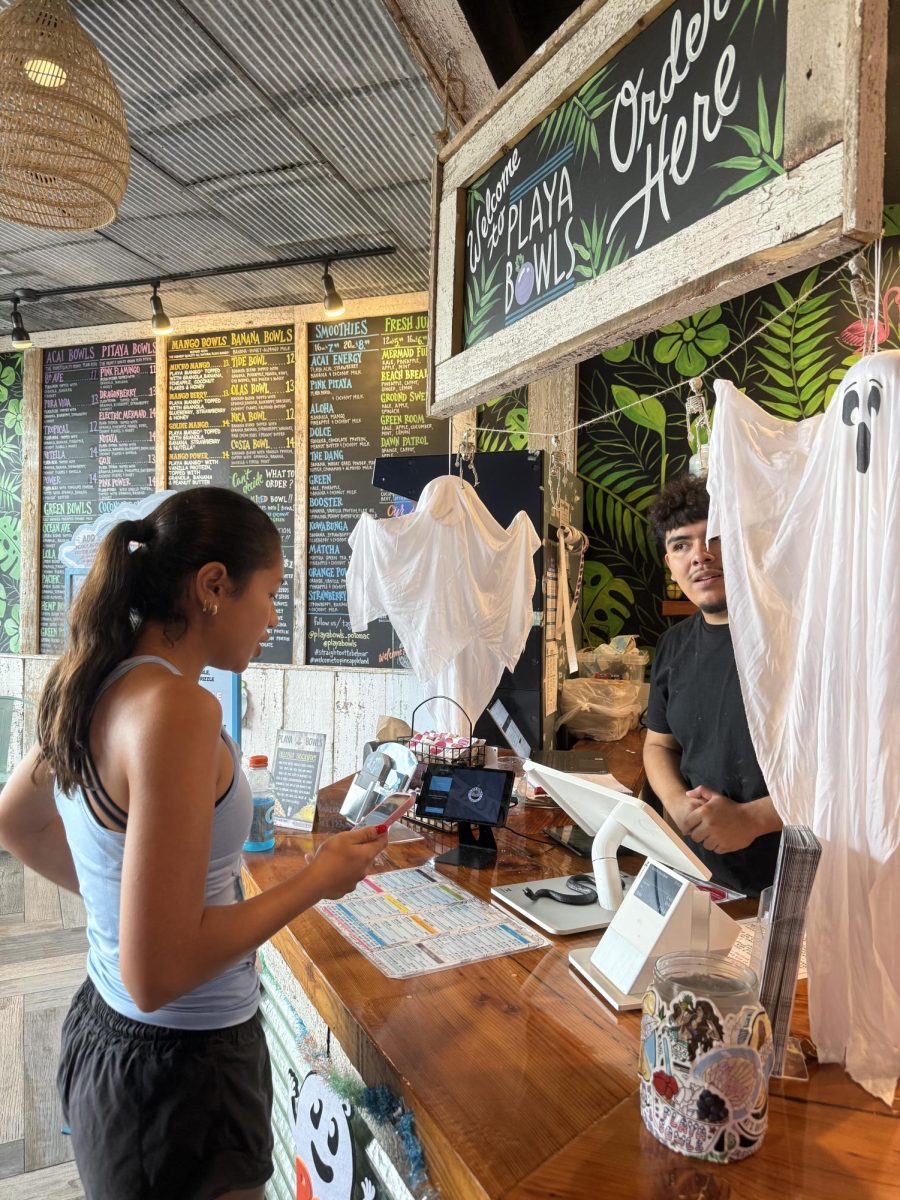
![Editors-in-Chief Ahmed Ibrahim, Helen Manolis, Cameron Cowen, Alex Grainger, Emory Scofield, Hayley Gottesman, Rebekah Buchman and Marley Hoffman create the first print magazine of the year during the October press days. “Only a quarter of the schools in MCPS have programs that are like ours, a thriving, robust program. That makes me really sad. This is not just good for [the student journalists] to be doing this, it’s good for the entire community. What [student journalists] provide to the community is a faith in journalism and that continues for their lifetimes," Starr said.](https://woottoncommonsense.com/wp-content/uploads/2025/10/wmpoFTZkCPiVA3YXA4tnGoSsZ4KmnKYBIfr18p3l-900x1200.jpg)
